
Introduction
In the fast-paced world of technology, web development is a constantly evolving landscape. As businesses strive to create engaging and user-friendly online experiences, staying ahead of the latest trends is crucial. In this article, we’ll talk about the topic “Web Development Trends 2024 and Future Outlook”, where innovation and creativity will revolutionize the way we interact with the web.
However, you can find all the information you’ve been searching for on this blog or in our future articles, which are accessible by clicking here
Progressive Web Apps (PWAs) – The New Standard
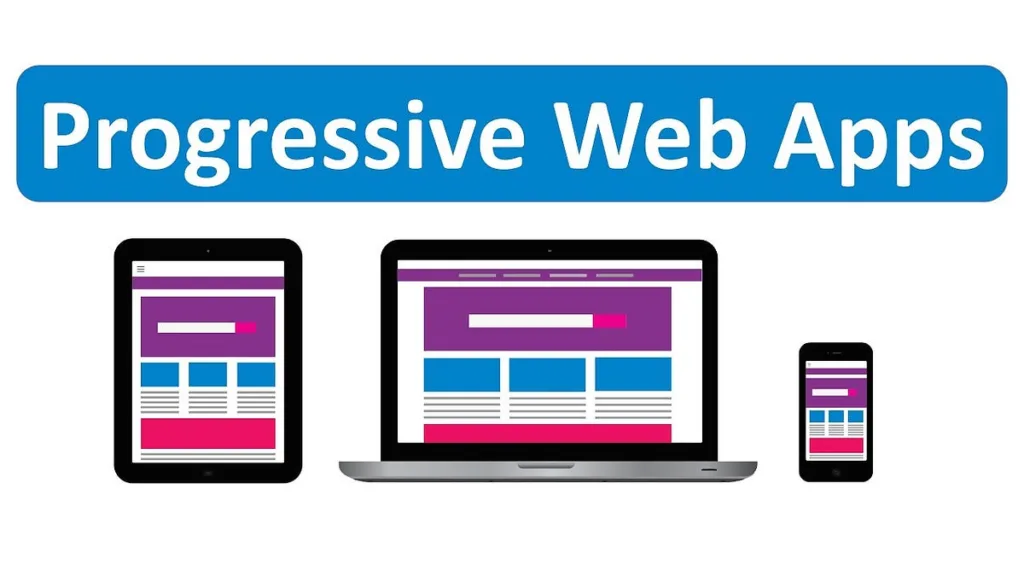
Progressive Web Apps (PWAs) have emerged as a game-changer in the web development arena. These web applications combine the best of both worlds: the functionality of a native mobile app and the accessibility of a website. PWAs are designed to load quickly, even on slow networks, and offer a seamless user experience. With features like offline access and push notifications, PWAs are set to dominate the web development landscape in the future.
Voice Search Optimization
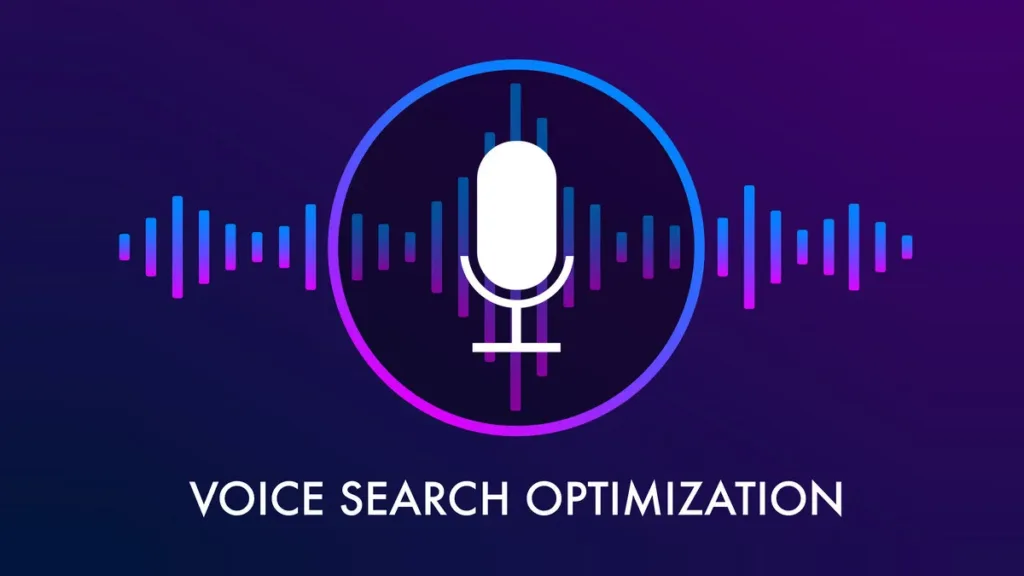
The proliferation of voice assistants like Siri, Alexa, and Google Assistant has transformed the way users interact with their devices. As a result, voice search optimization has become an essential aspect of web development. Websites must now be optimized for voice queries, ensuring that content is structured in a way that voice assistants can easily understand and present to users.
Artificial Intelligence and Chatbots
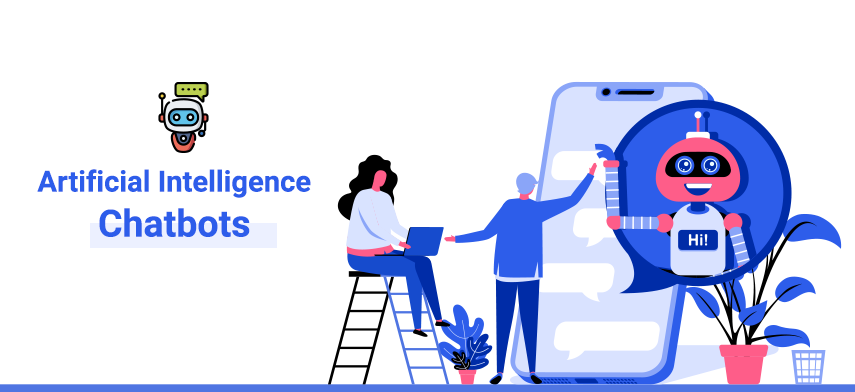
Artificial Intelligence (AI) is revolutionizing web development by enabling personalized user experiences. AI-powered chatbots, for instance, can engage with website visitors, answer queries, and even provide customer support 24/7. As AI technology continues to advance, we can expect more sophisticated applications that will redefine user interactions on the web.
Motion UI and Microinteractions
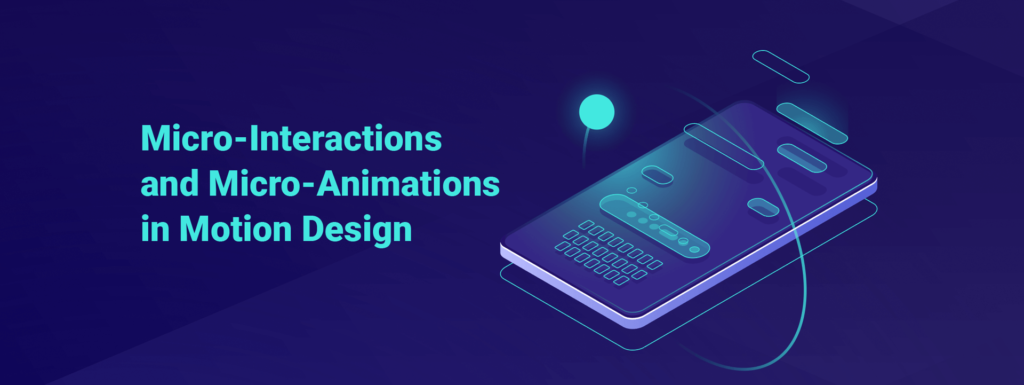
Creating visually appealing websites is crucial for captivating audiences and enhancing user engagement. Motion UI and microinteractions have emerged as prominent design trends, adding life and interactivity to web pages. Smooth animations and subtle effects not only create a more enjoyable user experience but also communicate information effectively.
Blockchain Integration

Blockchain technology is no longer limited to cryptocurrencies; it has found its way into web development as well. Blockchain integration provides enhanced security and transparency for web applications, reducing the risk of data breaches and fraud. In the future, we can anticipate more web developers incorporating blockchain into their projects to ensure user trust and data integrity.
Augmented Reality (AR) and Virtual Reality (VR)
Augmented Reality (AR) and Virtual Reality (VR) technologies are gradually becoming more accessible to users, and they have the potential to revolutionize the way we experience the web. These immersive technologies open up new avenues for interactive storytelling, virtual shopping experiences, and much more. As AR and VR continue to evolve, web developers will have the opportunity to create truly unforgettable online experiences.
Internet of Things (IoT) Integration
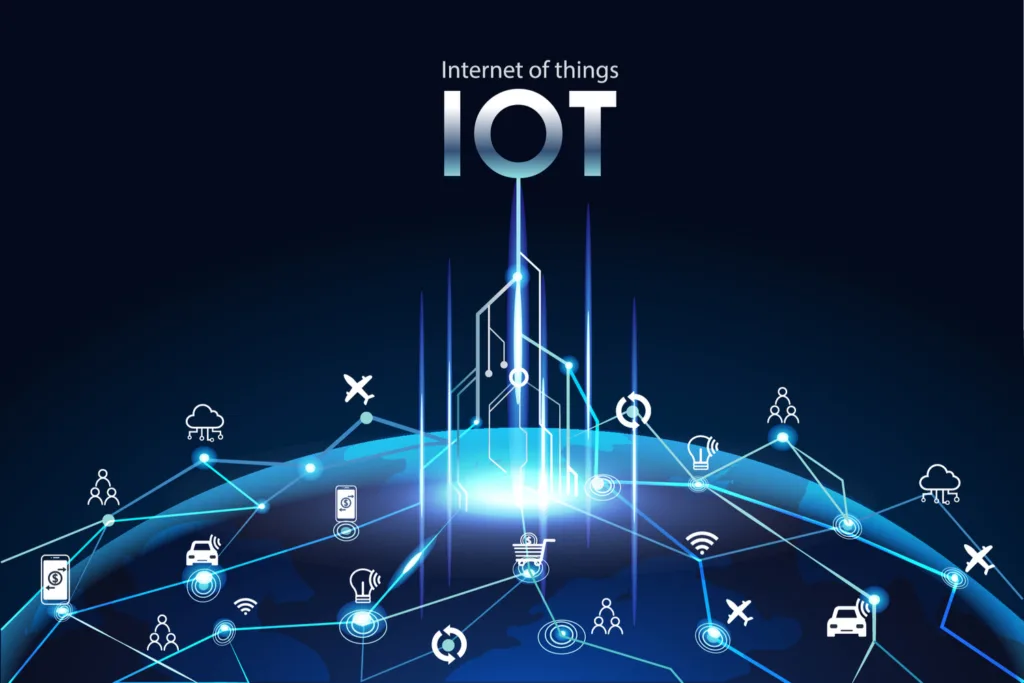
The Internet of Things (IoT) has already transformed the way we interact with everyday objects. In web development, IoT integration allows websites to communicate with smart devices, providing users with real-time data and control over their connected devices. As IoT devices become more widespread, web developers will need to adapt their strategies to accommodate this growing trend.
The Future Outlook
As we move into the future, web development will become more sophisticated and user-centric. The increasing adoption of AI, blockchain, AR, and VR will reshape the digital landscape, creating personalized and immersive experiences. The web will continue to evolve, catering to the demands of users who expect seamless interactions across devices and platforms.
FAQ
Q1: Why are Progressive Web Apps (PWAs) gaining popularity?
A1: PWAs offer a compelling user experience by combining the benefits of native mobile apps and web applications. They load quickly, even on slow networks, and provide offline access and push notifications, making them highly convenient for users.
Q2: How can businesses benefit from AI-powered chatbots?
A2: AI-powered chatbots enable businesses to offer 24/7 customer support, improve response times, and engage with website visitors more effectively. They can also gather valuable user data, leading to better insights for enhancing products and services.
Q3: How does blockchain integration enhance web application security?
A3: Blockchain integration ensures data immutability and transparency, making it extremely difficult for hackers to tamper with sensitive information. This heightened security provides users with greater trust and confidence in the web application.
Q4: What is the significance of AR and VR in web development?
A4: Augmented Reality (AR) and Virtual Reality (VR) technologies provide immersive and interactive experiences, allowing users to engage with web content in new and exciting ways. These technologies have vast potential, from enhancing online shopping to transforming virtual learning environments.
Q5: How does IoT integration impact web development?
A5: IoT integration enables websites to communicate with smart devices, providing real-time data and control to users. This creates a seamless and interconnected user experience, enhancing convenience and usability across various IoT-enabled devices.
Q6: What are the key benefits of using Progressive Web Apps (PWAs) for businesses?
A6: PWAs offer several advantages for businesses, including improved user engagement, faster loading times, offline access, and the ability to send push notifications. These benefits lead to increased user retention, higher conversion rates, and better overall user satisfaction.
Q7: How can web developers optimize their websites for voice search?
A7: To optimize for voice search, web developers should focus on using conversational language in their content, including long-tail keywords and natural phrases. Structuring content in a question-and-answer format can also help align with how voice assistants process queries.
Q8: How does Artificial Intelligence impact the future of web development?
A8: AI is poised to revolutionize web development by offering personalized user experiences, automating repetitive tasks, and enhancing data analysis. AI-powered chatbots and virtual assistants will become more sophisticated, creating highly interactive and user-centric web experiences.
Q9: What are the potential applications of Motion UI and Microinteractions?
A9: Motion UI and Microinteractions can be used to guide users through a website, draw attention to important elements, and enhance the overall visual appeal of the interface. These design trends contribute to better user engagement, improved usability, and a more memorable user experience.
Q10: How does blockchain integration impact e-commerce websites?
A10: Blockchain integration in e-commerce websites provides enhanced security for transactions, ensuring the authenticity of products, and facilitating transparent supply chains. This can build trust with customers, reduce fraud, and streamline the payment process.
Q11: What industries are most likely to benefit from Augmented Reality (AR) and Virtual Reality (VR) in web development?
A11: AR and VR have applications in various industries, including gaming, real estate, healthcare, education, and retail. These technologies can provide virtual tours, training simulations, interactive product demonstrations, and unique user experiences across multiple sectors.
Q12: How will Internet of Things (IoT) integration impact website design?
A12: Internet of Things( IoT) integration will lead to websites that adapt dynamically based on data from connected devices. For example, an e-commerce website could display personalized product recommendations based on a user’s IoT-enabled smart home data, creating a more tailored user experience.
Q13: Will web development become more inclusive and accessible in the future?
A13: Yes, inclusivity and accessibility will be critical considerations for web developers in the future. As technology advances, there will be a greater focus on creating websites that cater to users with disabilities, ensuring equal access to digital content for all.
Q14: How can businesses prepare for upcoming web development trends?
A14: Businesses can prepare for upcoming web development trends by staying informed about the latest advancements and technologies. They should invest in skilled web developers, conduct regular website audits, and be willing to adapt and experiment with new trends to stay ahead in the competitive online landscape.
Q15: How will 5G technology impact web development and user experiences?
A15: 5G technology will significantly improve internet speed and connectivity, enabling faster loading times and smoother interactions. Web developers will have the opportunity to create richer and more immersive experiences with reduced latency, benefiting users across a wide range of devices.
Conclusion
Web development trends are ever-evolving, driven by the need to create exceptional user experiences and leverage cutting-edge technologies. From Progressive Web Apps to AI-powered chatbots, the future of web development holds tremendous promise. As developers adapt to these emerging trends, the web will continue to evolve, shaping the way we interact with the digital world and revolutionizing the possibilities that lie ahead.
Refer to MEREHEAD for more.











[…] Web Development Trends 2024 and Future Outlook […]